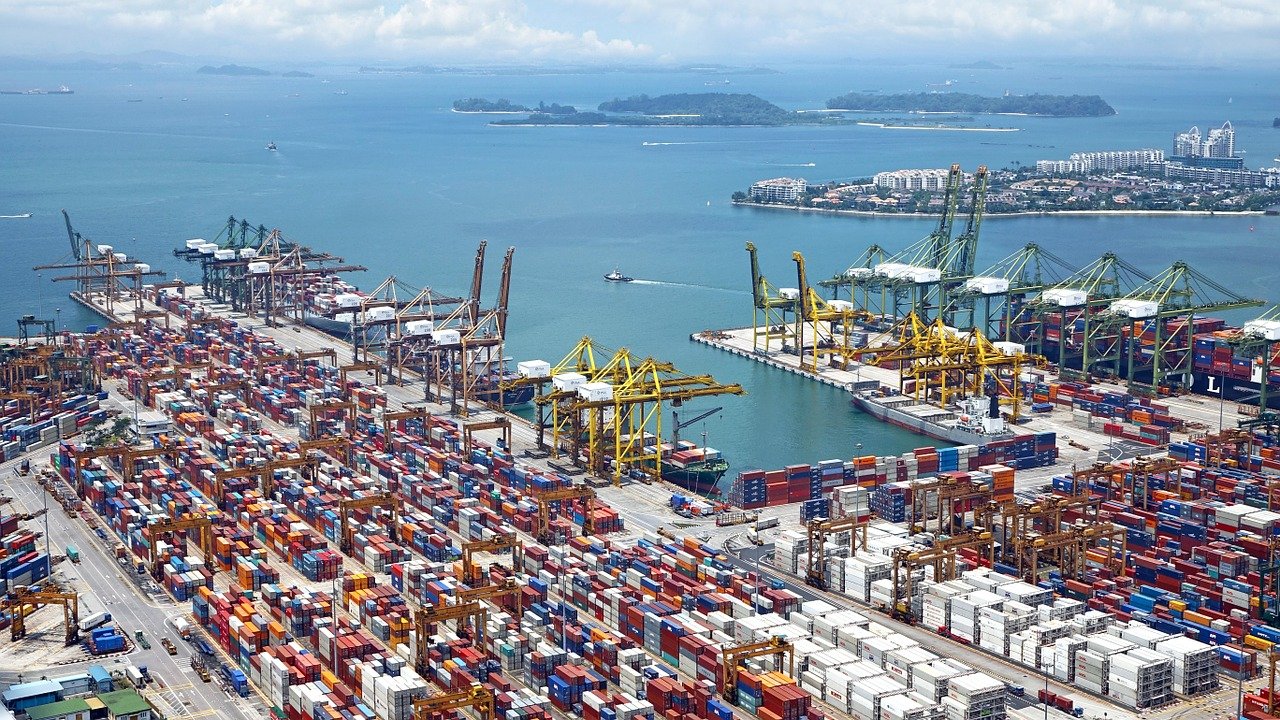For most business owners, managing to expand production and reach customers in different countries is the ultimate dream. However, most of them don’t realize just how tricky and demanding exporting goods can be. Even with extremely careful planning and organization, export can take a great financial toll on a business.
That is why we have decided to create the ultimate guide for exporters. Below, you will find everything you need to know about export finance to make the process as easy as it can be.
What Is Export Finance?
In this context, the term export finance refers to any funds tied to export. Businesses obtain these funds from different finance providers: banks or financial institutions. Put simply, export finance is a combination of cash-flow solutions that facilitates successful international trade.
Why Is Export Finance Important?
When your business sells a product and exports it, you don’t get the money right away. The whole process is extended as you wait for the product to ship and reach the buyers. You also need to spend time and money checking the credibility of the buyers and obtaining references.
Export finance is what makes it possible for you to do all of the above and still keep your business afloat in the meantime. It is a way to release the working capital from any overseas transactions that would otherwise be unavailable for months on end. Ultimately, business finance enables you to grow your business when it comes to export.
Import vs. Export Finance: What Is the Difference?
Both import and export finance belong to the broader group of financing techniques known as trade finance. However, these two are rather different.
Import finance pays for any additional expenses your business might incur with importing goods into the country. These include different types of import loans or paying for the issuance of different import permits and documents.
On the other hand, export finance caters to the various requirements the exporter has in the transaction process. There is usually a 60–90 days period between shipping a product and getting paid for it. Export finance allows you to get paid immediately by a financial investor or a bank, who then collects their money back once those 90 days are over and the importer pays.
What Are the Types of Export Finance?
There are many different criteria when it comes to distinguishing between export financing types. However, the most crucial distinction is between pre-shipment and post-shipment financing.
Pre-Shipment Financing
As the name indicates, you get this type of financing even before you ship the products. You can even get it before you make the products. All you really need is an order from the importer saying that they will buy what you produce. You can use these funds to buy any resources you need to make the goods or just to ship it.
Post-Shipment Financing
This type of financing occurs after you have already sent the product to the importer. You take the export bill to your bank, and they will either purchase, collect, or discount it. That way, you will get the money you earned long before the invoice is due and will be able to keep doing business as usual.
In Conclusion
Most of the time, it might seem like trying your luck in the trading industry is hard. However, with the right tips and tricks, it could be the easiest thing ever. All you need is a great export finance plan and you will be good to go. Export finance is the key to building and maintaining a successful exporting business, and we hope our guide helps you get started. Good luck!



 Bitcoin
Bitcoin  Ethereum
Ethereum  Tether
Tether  XRP
XRP  Solana
Solana  USDC
USDC  TRON
TRON  Lido Staked Ether
Lido Staked Ether  Cardano
Cardano  Avalanche
Avalanche  Toncoin
Toncoin